The last time I got sick was…
Wait, really?! Is it actually possible to still get sick when you are eating high organic raw food and doing regular detox? If you thought that was Mission Impossible, then I welcome you to the land of being human! 🙂
All information in this article is for educational purposes only.
It is not for the diagnosis, treatment, prescription or cure of any disease or health condition.
Truth be told, I almost never get sick. In fact, I am seriously amazed to hear how often our “normal” meat, processed and/or fast-food eating friends or family members get side-lined with fevers, colds, coughs, and flus. (Those are the same people who make fun of my “extreme” diet and (wheat)grass-eating habits by the way.)
Without a doubt, eating an alkaline plant-based diet is a natural way to boost your immune system and the best way to prevent illness. But, it doesn’t mean that you will never, ever, ever get sick again.
The last time I got sick was…
A few months ago. We had just had several days of winter rain in Tel Aviv, and my boyfriend caught a cold from a co-worker at the office. He managed to keep it at the status of a cold for a few days, but then it turned to a high-mucous flu-like illness with fever. I felt so bad for him! I gave him Grapefruit Seed Extract (GSE) and made fresh orange juice with organic turmeric and green smoothies with lots of fresh fruits to high-boost his Vitamin C. We slept in separate bedrooms so he could rest and I would lower my chance of getting sick. By the 6th day, he was back to normal and I remember saying, “Wow, I am amazed that I didn’t catch it!” That night, we slept together again and he kissed me goodnight for the first time in 6 days.
The next day, I woke up sick!! It happened that fast. I felt stuffy, exhausted and slightly feverish and I thought….man, I can’t even remember the last time I had the flu! In my case, it lasted only 3 days. I basically just surrendered myself and rested. I took GSE and drank lots of fresh ginger tea. I envisioned my immune system getting stronger by the day. 3 days later, I was up and running again.
Are you a failure if you get sick?
Is doing all this detox, immune boosting and healthy eating a waste of time if you’re just going to get sick like everybody else? First, I would say…don’t throw all sickness into one basket. There’s a big difference between someone who gets sick every 3-5 YEARS (or more) and someone who get sick 3-5 times PER YEAR.
And most definitely, there is no such thing as a failure in my book. In fact, every illness can be a gift…a chance to slow down, rest and let your immune system get stronger. It’s also an opportunity to truly appreciate your health. You also may actually need an occasional cold, cough or flu to upgrade your gut health and immune-boosting capabilities.
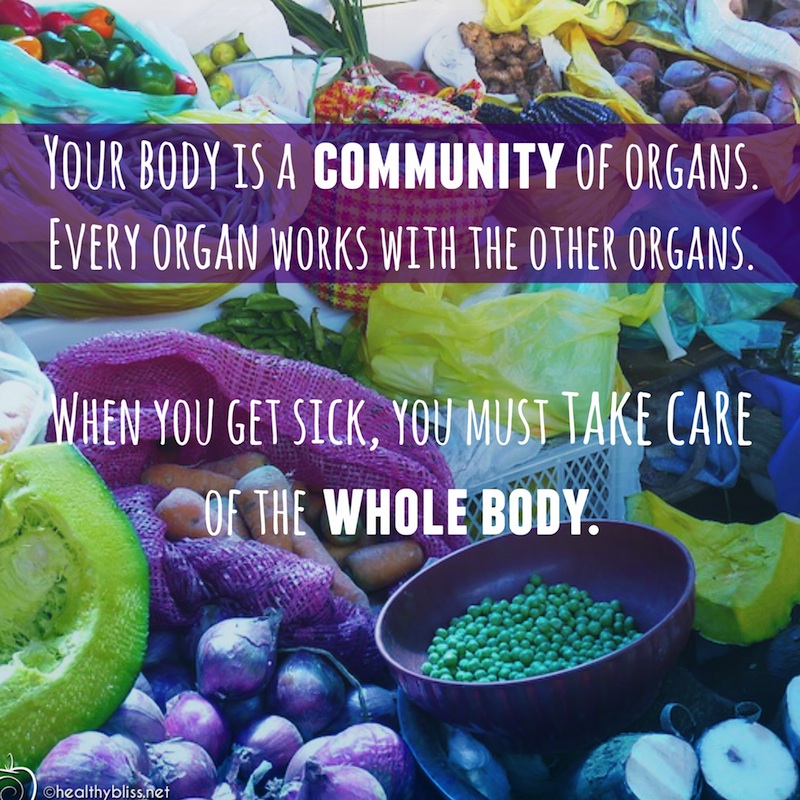
What did I do wrong?
I guess I could say that kissing my boyfriend while he was still sick was a mistake…but in reality, I think the real cause of me getting sick was simply being run-down after months of a lot of deadlines and excess work. Stress alone can make your entire body acidic, even when eating an alkaline diet! I’m definitely a believer in the power of positive thinking and how important that is for your physical health! In that time, I also stopped making fermented foods such as kombucha and raw sauerkraut, which I feel are even more important for boosting your immune system than anything else!
Within 1 week of feeling better, I was back to making batches of kombucha and raw sauerkraut at home. I also drank more lemon and/or raw apple cider vinegar in water, at least twice daily. I started taking 1.5 days off a week and made more effort to stay offline for that time, giving my body and mind time to rest. De-stressing is very important for me (and for you too!).
Combining that with my normal routine of green smoothies, green juice, fresh wheatgrass shots for chlorophyll and minerals and lots of variety in my organic fruits and veggies and I now feel like a superstar again 🙂 Seriously though, I have high energy: I feel balanced; and I like who I see in the mirror every day!
When I look to my body for healing, I understand that I need to strengthen and heal my body as a whole.
How to Boost Your Immune System
Here are some foods/supplements that can help your immune system stay strong:
1. Manuka Honey (great to have on-hand in winter months, note this is not vegan)
2. Echinacea and Goldenseal (a powerful combo for breaking up stagnant lymph, i.e. mucous)
3. Grapefruit Seed Extract (my go-to remedy with the first sign of cold, cough or flu)
4. Pomegranate (can add to a green smoothie in powder form)
5. Raw apple cider vinegar (a healing food since the time of Hippocrates)
Looking to buy an immune-boosting bundle? You can find all of the above items on iherb.com, and yes they ship internationally!








More on Motivation:
- Motivational Health Quotes from Paul Bragg
- Green Smoothie Recipes and Inspiration
- 10 Ways to Make Your Raw Food Kitchen Healthier
- Feature Detoxification Organ: The Liver
- Stop Premature Aging: Take this Anti-Aging Quiz and Mirror Test Now!
More on Fermented Foods:
- How to Ferment Cabbage and Make Raw Sauerkraut
- Raw Detox Salad Recipe
- The last time I got sick was…
- Easy Recipe: Make organic pickles at home!
- How to Make Kombucha, a Naturally Fermented Health Drink
More on Healthy Living:

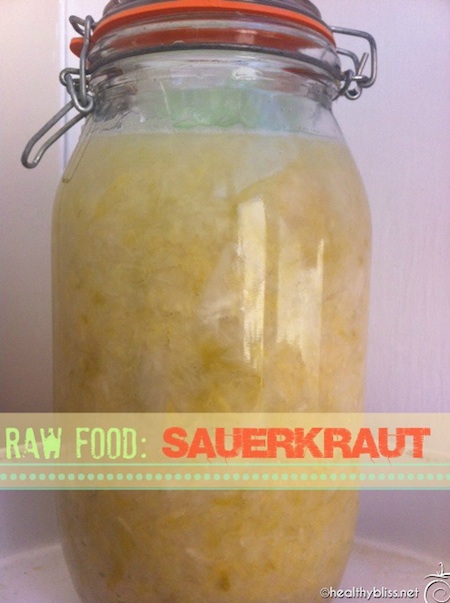

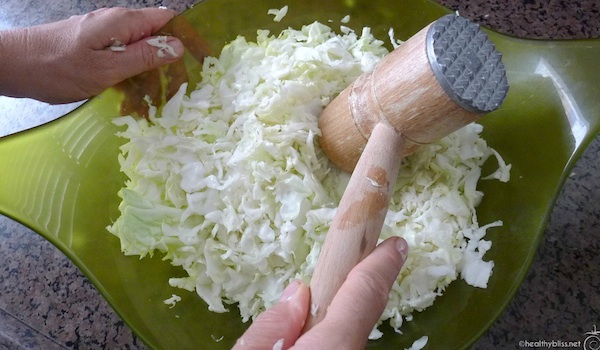


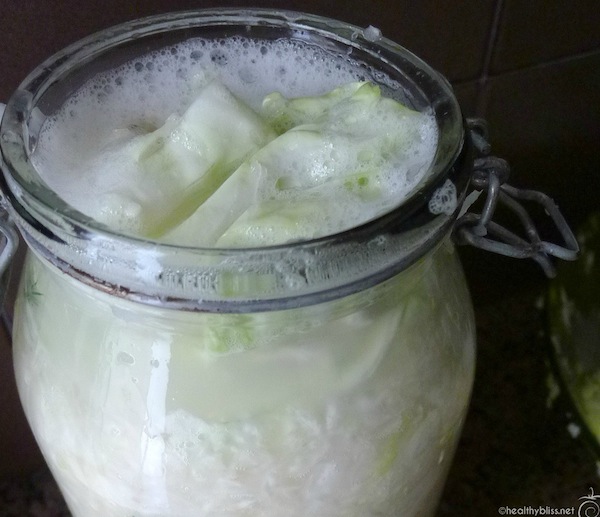

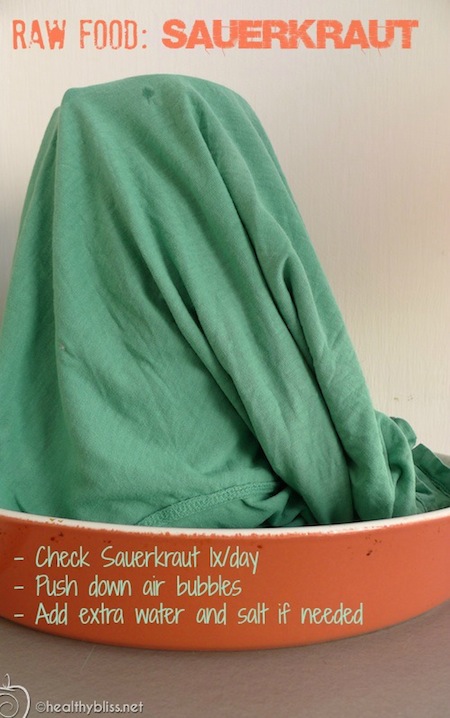
















Follow Jennifer